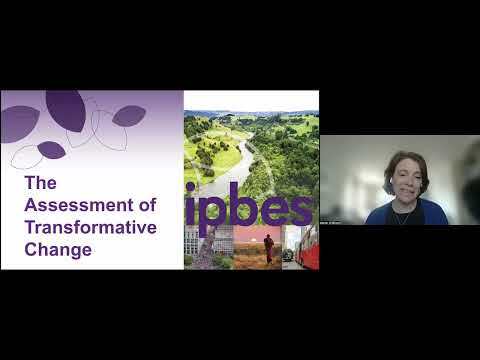@RadicalAnthro have you watched the Kuikuro doc re the day the Moon menstruates?
Curious thing is that the Moon is male for them but menstruates during eclipses
https://youtu.be/eqYDyPz5SsM?si=4KJCahX8HKsZkTJw
#indigenousKnowledge #IndigenousMovies #Eclipse #Menstruation #Kuikuro #KuikuroCinema
#indigenousknowledge
The first sources of the history of the people and regions that have been colonized, exploited, invaded, and stolen are oral and verbal sources. These are the primary sources; oral information passed from person to person explains what information has survived, as colonial records often silence or override them.
https://www.europesays.com/us/106902/ Dr. P. C. Dubey’s Mission to Keep Tribal Medicine Alive #AncientWisdom #AYUSH #BhilTribe #biodiversity #DrPCDubey #Ethnobotany #Ethnomedicine #ForestConservation #GondTribe #Health #HerbalRemedies #IndigenousKnowledge #MadhyaPradesh #Medication #NaturalCures #RuralHealthcare #SacredForests #SustainableHealth #TraditionalHealing #TribalCommunities #TribalMedicine #TribalRights #UnitedStates #UnitedStates #US
Dealing with wildfires requires a whole-of-society approach
#Canada #Environment #Wildfires #FireResilience #ClimateChange #BeneficialFire #CulturalBurning #IndigenousKnowledge #FireSmart #CommunitySafety #EcoResilience #WildlandUrbanInterface
https://the-14.com/dealing-with-wildfires-requires-a-whole-of-society-approach/
#DMT #history #IndigenousKnowledge
"So, not only was ayahuasca powered by DMT, but was also, as William Burroughs had speculated, a true pharmacological technology, exploiting the synergistic interaction between the constituent harmala and tryptamine alkaloids.
Naturally, this immediately raised questions as to how the Indigenous peoples of South America, without any knowledge of the underlying biochemistry, could possibly have discovered, from the tens of thousands of plant species that filled the rain forests, that combining this particular pair of plants, neither of which produced any significant psychoactive effects when consumed orally alone, would elicit one of the most profound visionary experiences produced by any substance.
It seemed almost miraculous in its implausibility, with ethnobotanist Jonathan Ott later calling it 'conceivably the most sophisticated pharmacognostical discovery ever made in the archaic world.'
Since some groups still prepare a decoction using the caapi vine alone—with limited visionary effects—it’s likely that this potent synergistic combination was discovered after a long period of trial and error, with different plants added and tested over perhaps hundreds of years. Eventually, the minimal binary decoction of the caapi vine plus chacruna or chacropanga was discovered.
This in no way detracts from the brilliance of the discovery, but if anything, demonstrates the Indigenous people’s tenacity in developing this technology over many centuries, such was its value in making the Hidden Ones visible. A technology of this importance was worth the effort."
https://lithub.com/natures-strangest-psychedelic-is-everywhere-the-ever-surprising-history-of-dmt/

Indigenous calendars could make solar power more efficient #Science #TechnologyandEngineering #SolarPower #IndigenousKnowledge #Sustainability
https://purescience.news/article?id=936859

Arriving at MROS's northern hub in Palisade calmed Kim's worries.
Students assisted Anishinaabe organizer Rory Wakemup in preparing for a wild rice harvest camp, an annual gathering fostering Indigenous culture and environmental justice.
@RadicalAnthro "A hybrid moa created through genetic engineering, she adds, would not be “a taonga [treasured] species, and it does not revive ancestral relationships with the moa just because it kind of resembles one.” Tech bros mi/billionaires have no idea what biosemiotics is but if they do they probably don't care
#Ecocide #Semiocide #NoGMOs #IndigenousRights #IndigenousKnowledge
New research shows Easter Island wasn’t as isolated as once thought—its ancient people were deeply connected with other Polynesian cultures. Oral history meets hard science, and the story only grows richer.
#polynesia #easterisland #archaeology #indigenousknowledge #historymatters
#RapaNui
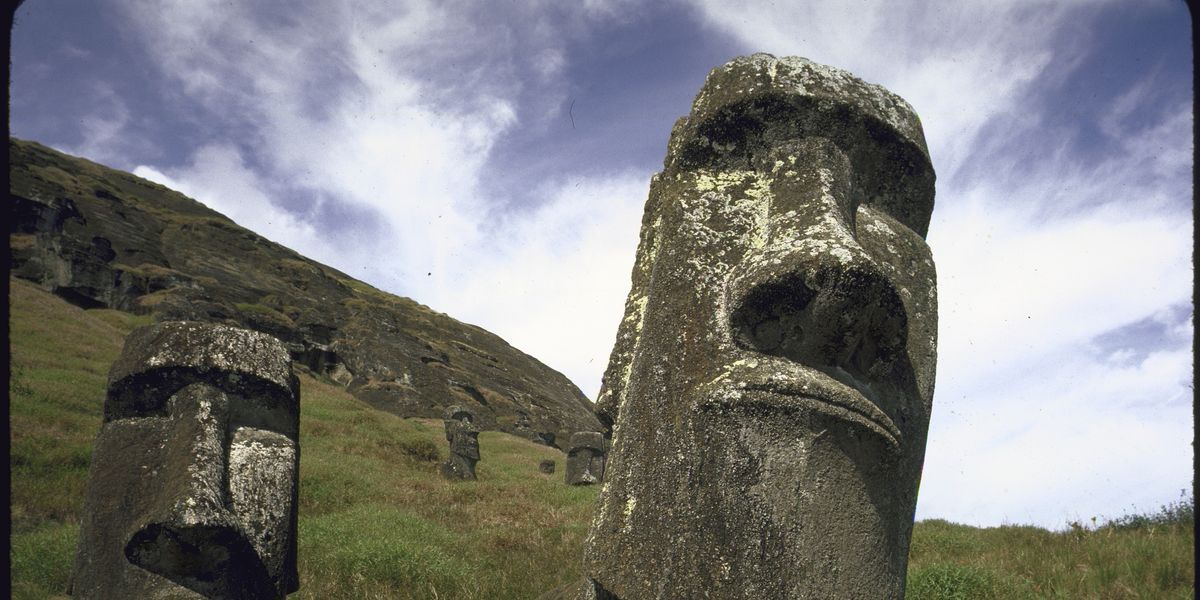
I got this book recommendation when I was complaining about finding only western views of the night skies, even from the southern hemisphere.
I am about an hour into the book and can already honestly say you need to read this. Seriously. Read it. I mean it!! GO!
The First Astronomers;
How Indigenous Elders read the Stars.
by Duane Hamacher with Elders and Knowledge Holders.
Wow, there are 40 species of native fern in British Columbia!
Ferns: A long and nearly forgotten history of health use: https://www.hashilthsa.com/news/2025-06-26/ferns-long-and-nearly-forgotten-history-health-use
“In mātauranga, we would connect everything wider, and I think that’s where the richness is, because when we concentrate too much on one particular smaller element, we can lose the bigger picture of what's really happening around us.” — Dr Pauline Harris #Māori #Indigedon #Aotearoa #ETangata #Mātauranga #IndigenousKnowledge
https://e-tangata.co.nz/korero/pauline-harris-looking-to-the-stars/

#YacoubaSawadogo (1946-2023) was known as “the man who stopped the desert.” His remarkable success builds on experimenting with traditional planting pits for soil, water and biomass retention, called “zaï” in the local language.
#gardening #permaculture #IndigenousKnowledge #BurkinaFaso #Africa #Zaï #permaculture
https://rightlivelihood.org/the-change-makers/find-a-laureate/yacouba-sawadogo/
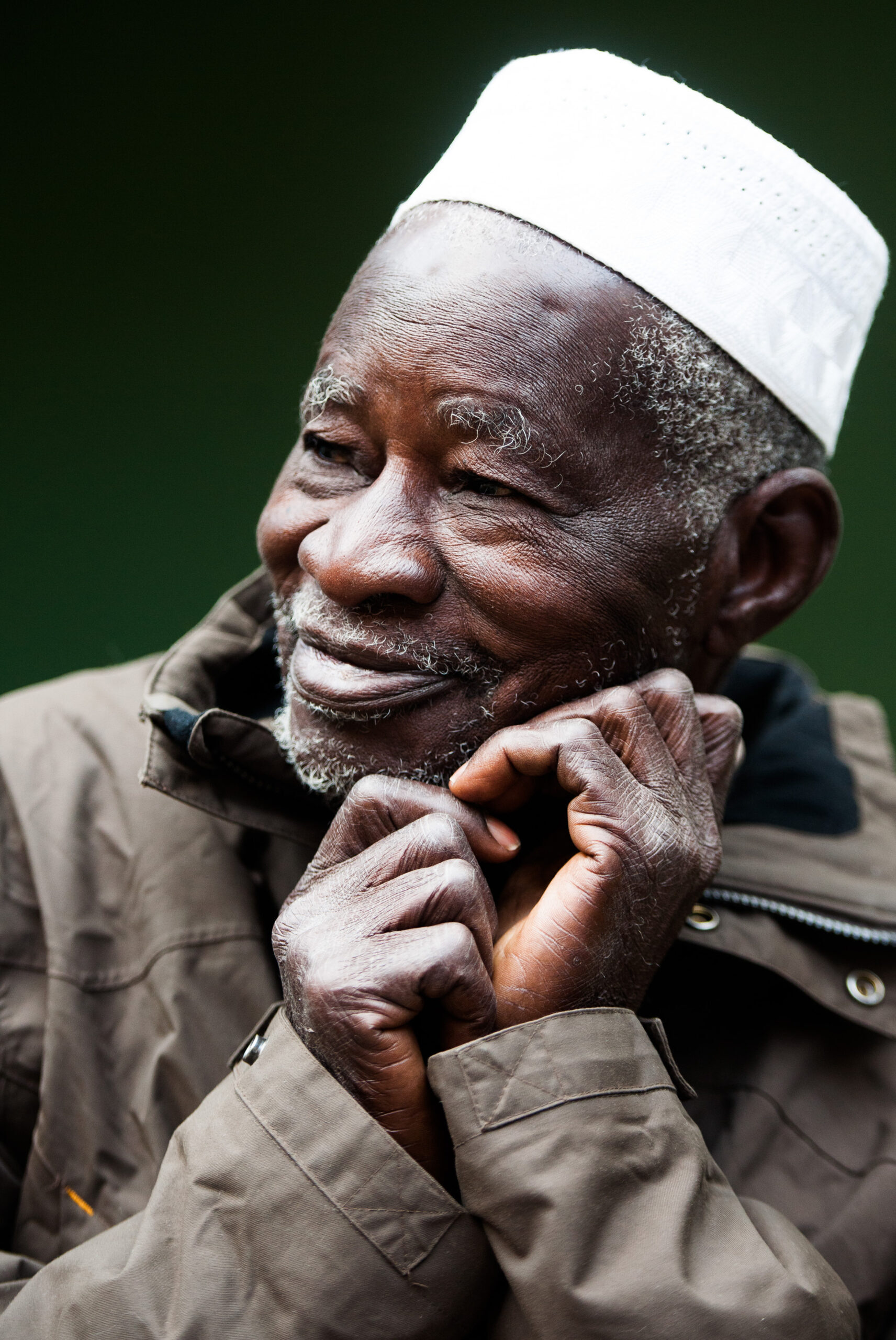
Two Indigenous scholars are leading a new UNESCO Chair to restore Indigenous knowledge, research governance, and language—advancing climate resilience, cultural sovereignty, and global recognition of Indigenous matriarchal leadership.
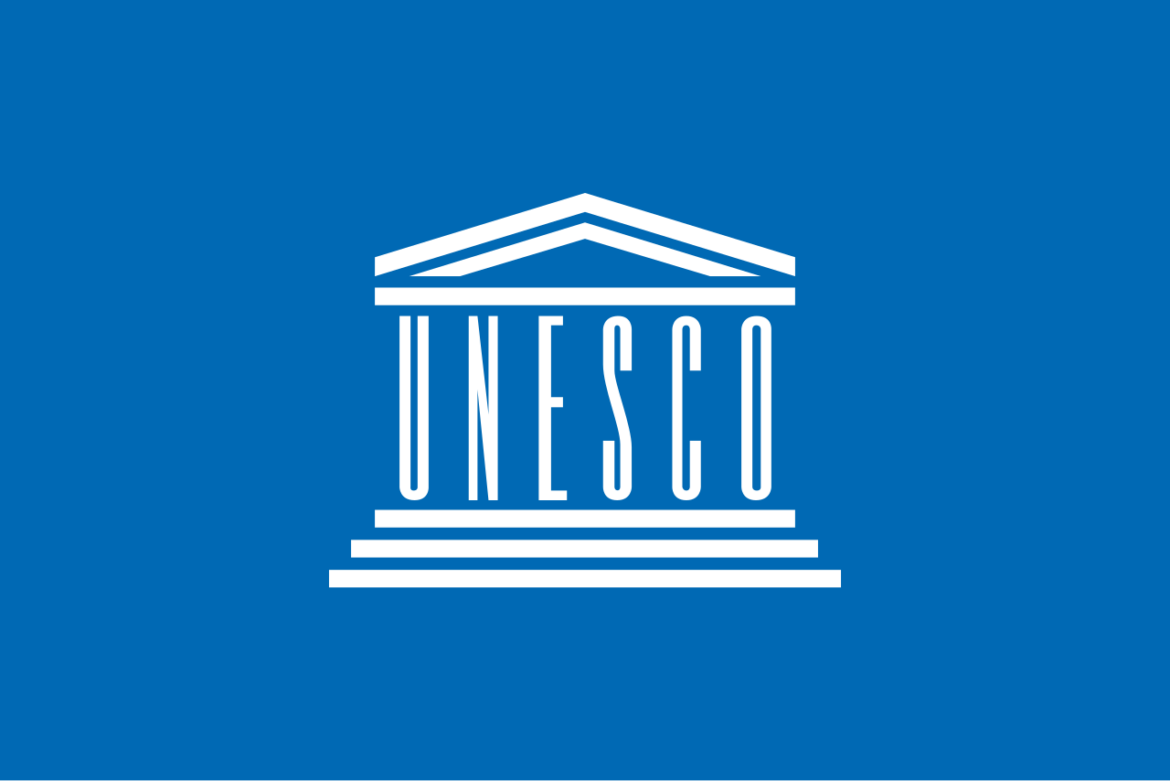
A glimpse into Batak manuscripts from North Sumatra! Protecting threatened practices like this is why we do what we do. Join our July 6th meeting - link in bio.
these First Nations kids played a song to attract grizzly bears — and it worked
https://www.cbc.ca/news/canada/british-columbia/squamish-nation-grizzly-bear-song-1.7564142

“What is the value of knowledge if it cannot serve the people?”
In our latest @JustAccessOrg podcast, Prof. Chidi Oguamanam explores #IntellectualProperty, #IndigenousKnowledge & why justice starts with inclusive knowledge systems.
Listen: https://shows.acast.com/6666be8ab6f3d900125875e8
#HumanRights #AccessToJustice #WIPO #Podcast
Improving Arctic food security through DNA science and respectful collaboration with Indigenous Peoples
#arctic #inuit #foodsecurity #kitikmeot #foodsovereignty #nunavut #wildlife #indigenousknowledge #sciencenews #climatechange
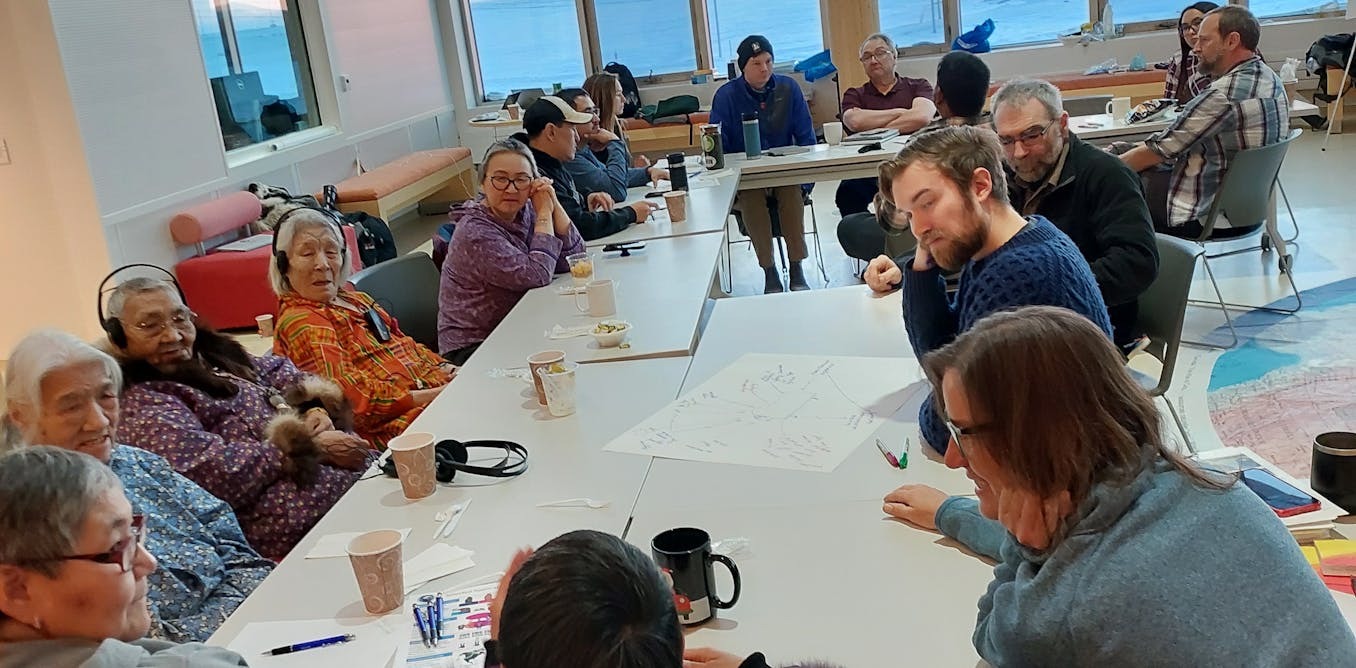
Explore how #Indigenous and local knowledge shaped the @ipbes #TransformativeChange Assessment!
Watch the English webinar recording:
On 25 May, the exhibition Angola: Saberes em movimento [Angola: Knowledge on the Move] will open at the Frei Manuel do Cenáculo National Museum in Évora, as part of the KNOW.AFRICA project.
We tell you all about it here: https://ihc.fcsh.unl.pt/en/knowafrica-exhibition-evora/

